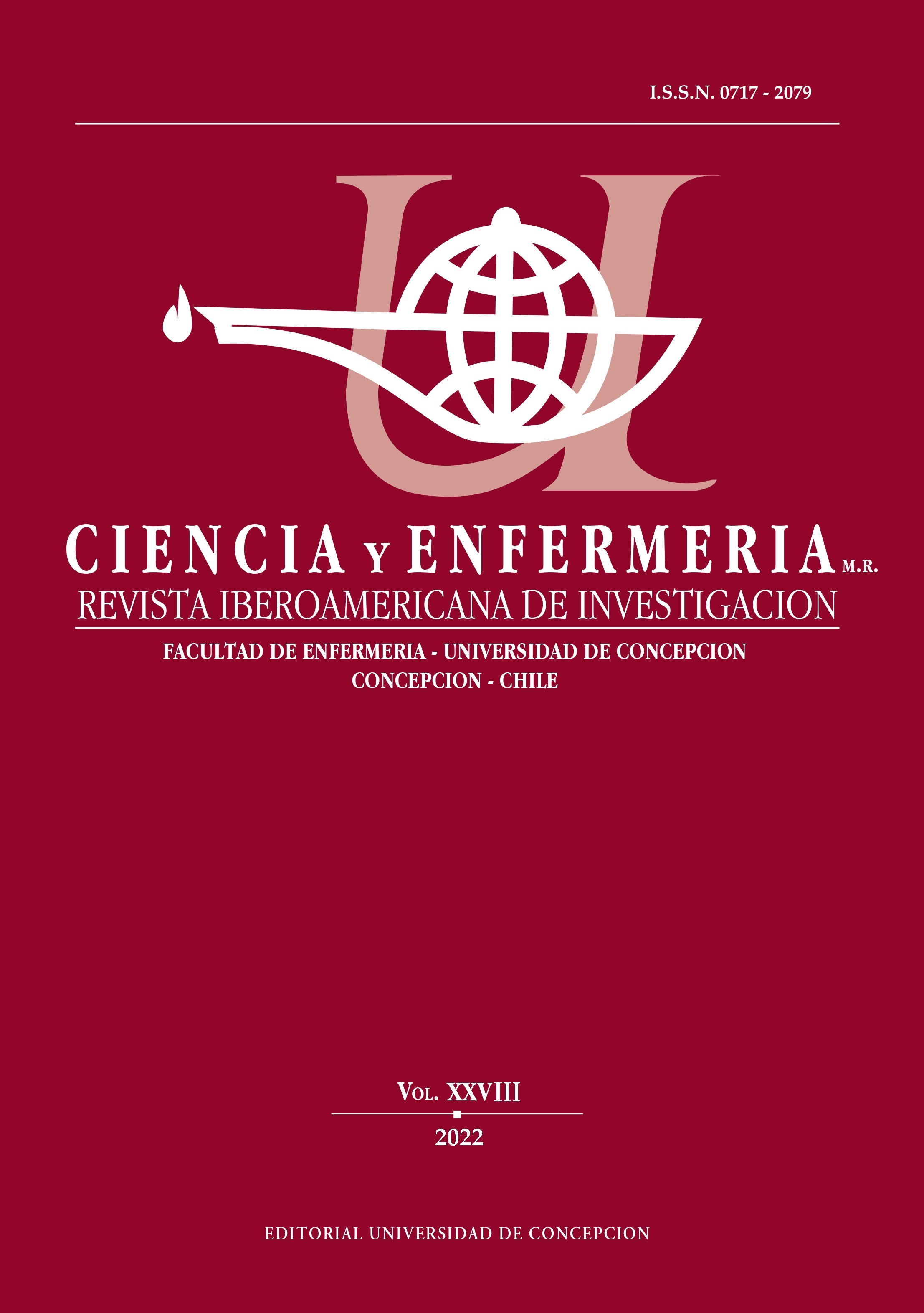URINARY TRACT INFECTION ASSOCIATED WITH INDWELLING URINARY CATHETER: TREND INDICATOR IN CHILE
DOI:
https://doi.org/10.29393/CE28-15ITCV40015Keywords:
Urologic diseases, Health Status Indicators, Health Care Quality Indicators, Nursing Care, Health ManagementAbstract
Objective: To analyze the trend indicator “Urinary tract infection associated with indwelling urinary catheter insertion” in Chile. Material and Method: Ecological, time series study, carried out in the Chilean health system, corresponding to a total of 15 administrative regions, from 2001 to 2017 (27.087.087 cases). Data included information on patients whose hospital discharge was urinary tract infection associated with indwelling urinary catheter, according to the International Classification of Diseases (ICD-10). Descriptive and correlational analysis (X2 and Student’s t-test, respectively) was performed according to sex, type of health insurance, hospital discharge condition and surgical operation. The analysis was performed using SPSS 24 software and the level of statistical significance was p<0.05. The estimation was based on linear analysis, estimating annual percentage changes (APC) and their 95% confidence intervals. The Prais-Winsten autoregression method was used. Ethical considerations followed the provision of Law No. 20.585. Results: A 2% interannual growth rate was observed (APC= 0.00007; CI: 95% = 0.000069-0.000073). In the years 2005, 2008, 2009 and 2011 there was an increase in the percentage change of 2 to 5 points. Conclusion: The analyzed indicator corresponds to an event that has shown a significant and increasing trend in Chile since 2001, which seems paradoxical, since hospital processes management, associated with the health care reform, should show an improvement regarding this type of trend indicator.
Downloads
Published
How to Cite
Issue
Section

This work is licensed under a Creative Commons Attribution 4.0 International License.













